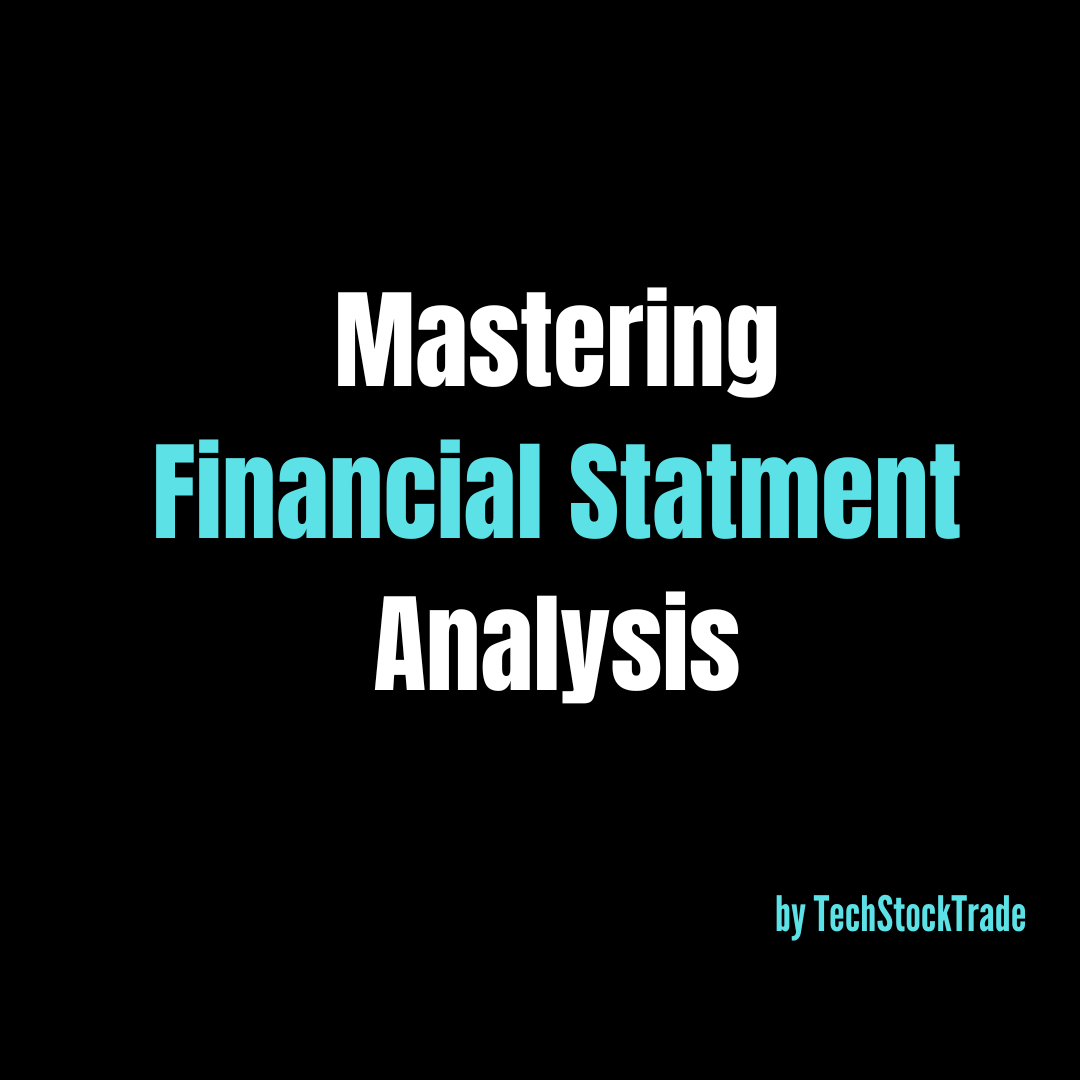Valuing Google: A Sum-of-the-Parts (SOTP) Approach

Table of Contents
- Overview of Google’s Valuation
- What is the SOTP Valuation Method?
- Why Apply SOTP to Google?
- Business Segments and Revenue Breakdown
- Introduction to Key Business Segments
- Revenue Composition and Growth Rates
- SOTP Valuation Process
- Estimating Revenue for Each Segment
- Applying Multiples and Deriving Segment Value
- Calculating Enterprise Value and Equity Value
- Quick Valuation Using Analyst Consensus
- A Simplified Approach Using Consensus Estimates
- Estimating Fair Value with EPS and PER
- Conclusion and Investment Implications
- Why SOTP is Useful
- Insights from Google’s Valuation
This article provides a concise walkthrough of valuing Google using the SOTP (Sum of the Parts) method. Among the many valuation techniques available, SOTP is particularly well-suited for diversified companies like Google. It involves evaluating each business segment independently, applying different multiples and assumptions based on each segment’s growth, risk, and profitability, then summing up the parts to estimate total corporate value.
1. Google’s Business Structure and Revenue Breakdown
Valuation begins with a clear understanding of the company's business model and revenue composition. Google’s revenue can be broadly classified into the following segments:
- Google Services: Accounts for around 90% of total revenue, including Google Search, YouTube, and Network advertising.
- Google Cloud (GCP): A fast-growing division, contributing roughly 10% of total revenue.
- Other Bets: Includes experimental and R&D-driven businesses like Waymo (autonomous driving).
Each segment has distinct growth rates and profitability profiles, making it important to analyze them individually rather than using a single aggregate multiple.
2. Valuation Process
(1) Estimating Segment Revenue and Deriving Value
The core of the SOTP approach is to forecast revenue and operating margins for each segment, then apply relevant valuation multiples.
- Google Search & Network Ads: These stable businesses are valued using EBIT multiples. A multiple of 11x is applied to Search, and 7.5x to Network Ads.
- YouTube: As a unique platform with high engagement, we apply a 10x sales multiple. This is a conservative estimate considering its future potential.
- Google Cloud: Although currently unprofitable, it is growing at ~47% annually. A revenue multiple is applied here due to its scalability and long-term outlook.
- Other Bets: For experimental ventures like Waymo, valuation is based on external fundraising or market-implied valuations due to limited profitability.
(2) Calculating Enterprise Value and Equity Value
After summing the value of each segment, the total business value of Google is estimated at 1.76 trillion.
Adding Google’s significant cash reserves and subtracting total debt, we arrive at an Equity Value of approximately 2,790.
3. Quick Method: Using Analyst Consensus
If detailed modeling is too complex, leveraging analyst consensus data is a practical alternative. Platforms like Yahoo Finance provide average EPS estimates and implied PERs, which can be used to back out fair value.
For instance, if Google’s forecasted EPS is $130 and the fair PER is 22x, then the implied fair price would be:
130 × 22 = $2,860
While this approach is simple and accessible, it lacks the nuance of segment-by-segment analysis and should be used with caution.
Conclusion
Valuing a tech giant like Google can be challenging due to its diversified operations. The SOTP method offers a structured way to understand the value of each component. Alternatively, a quick consensus-based estimate can serve as a sanity check or starting point.
Ultimately, understanding the business and applying a valuation approach that aligns with your investment goals is key. Whether you’re diving deep or using simplified methods, the goal remains the same: making informed decisions backed by sound reasoning.
 TechStockTrade
TechStockTrade






